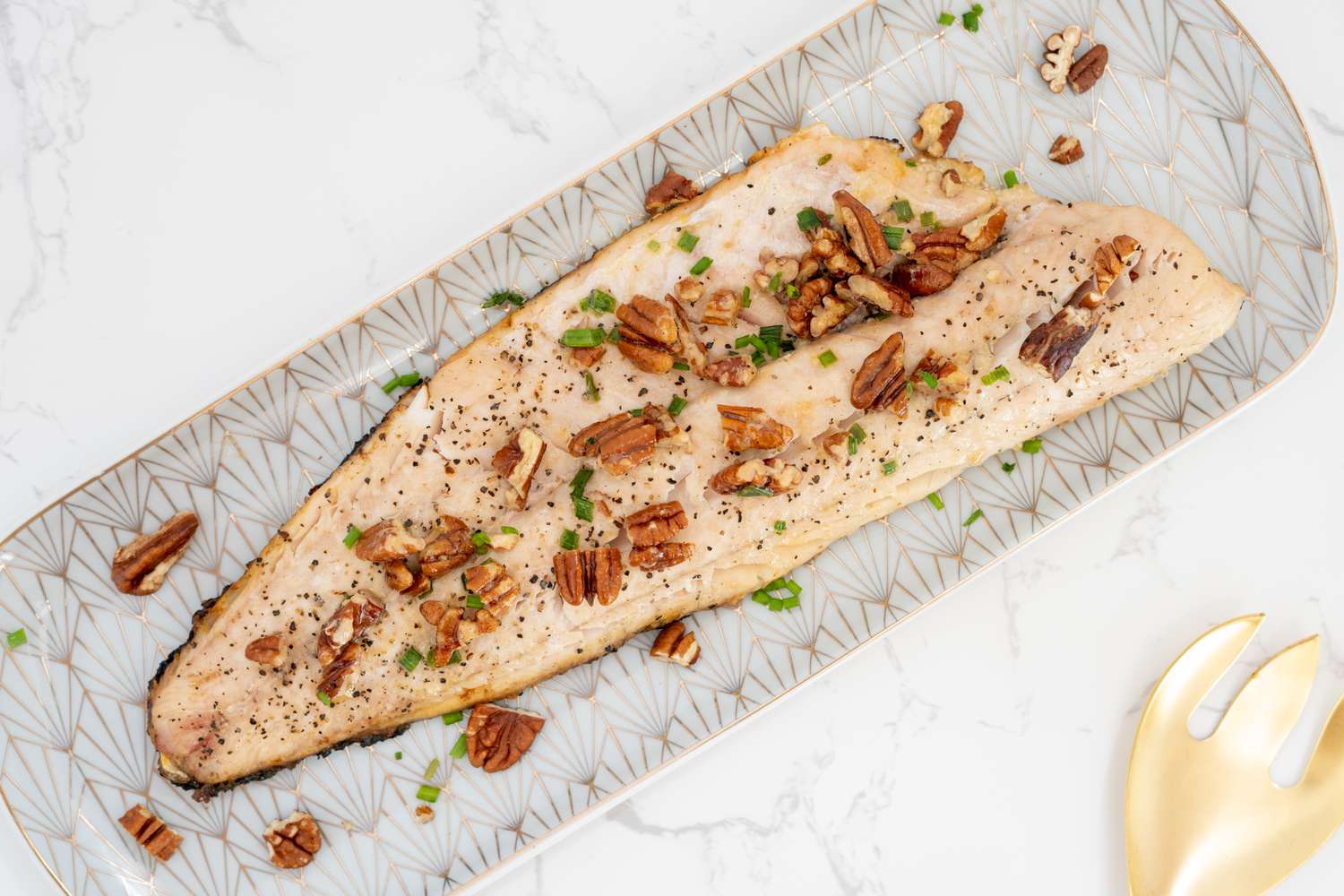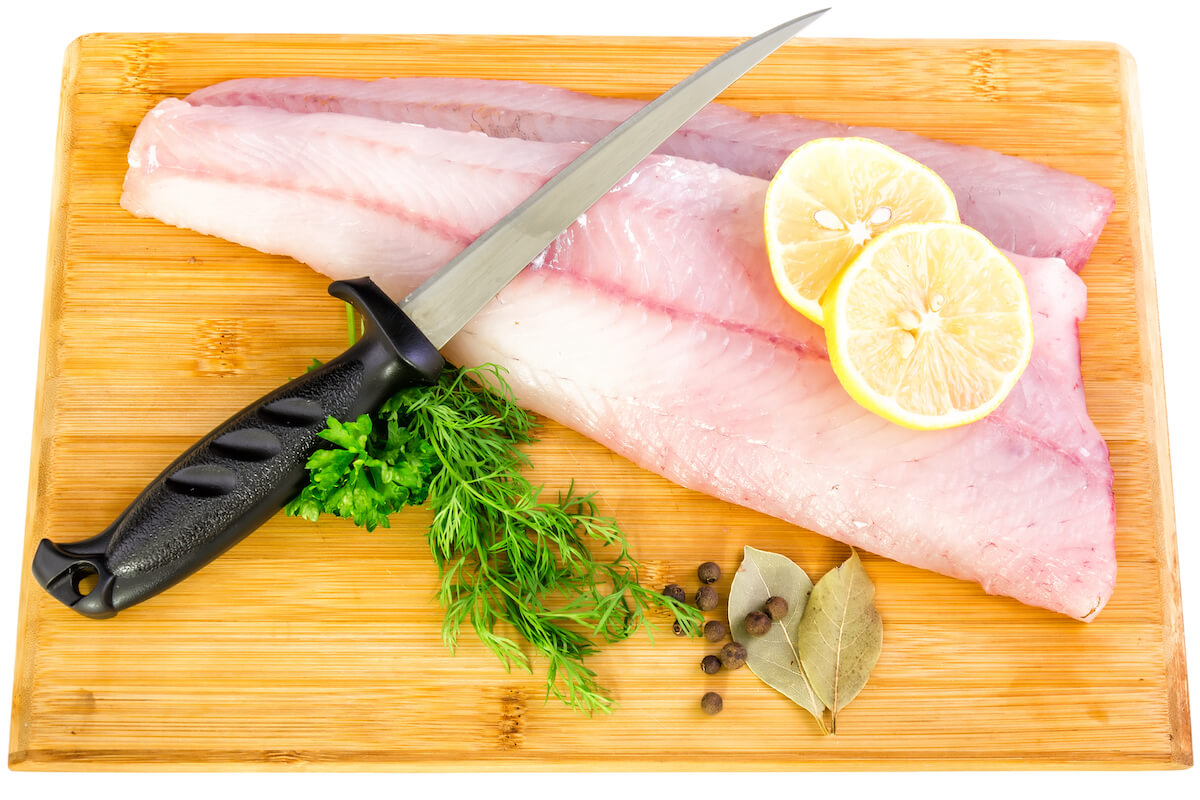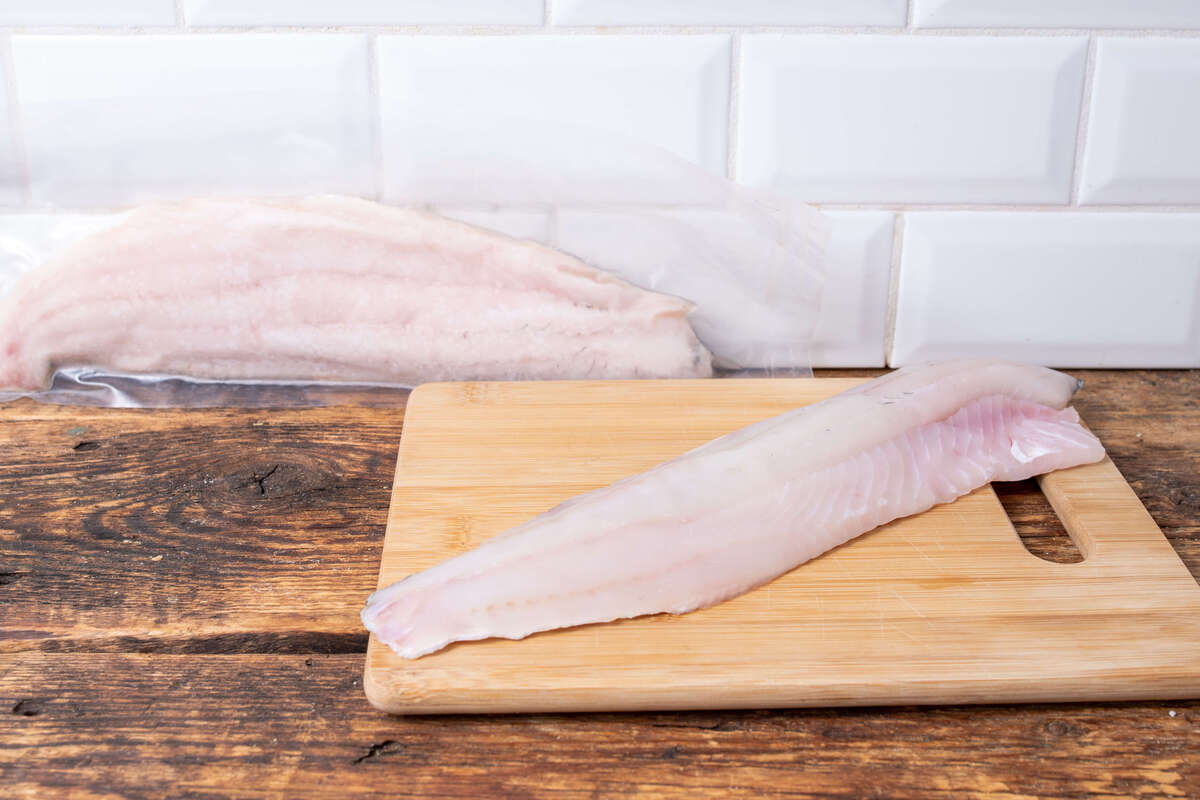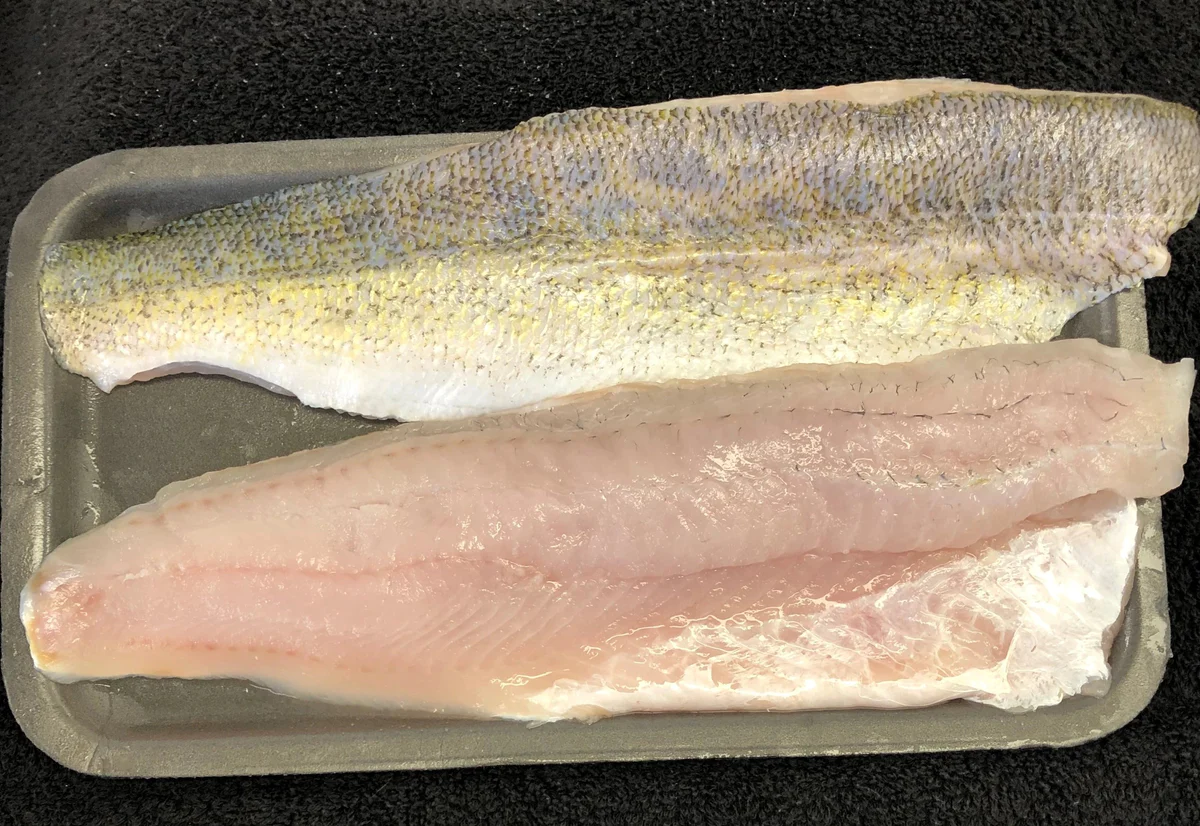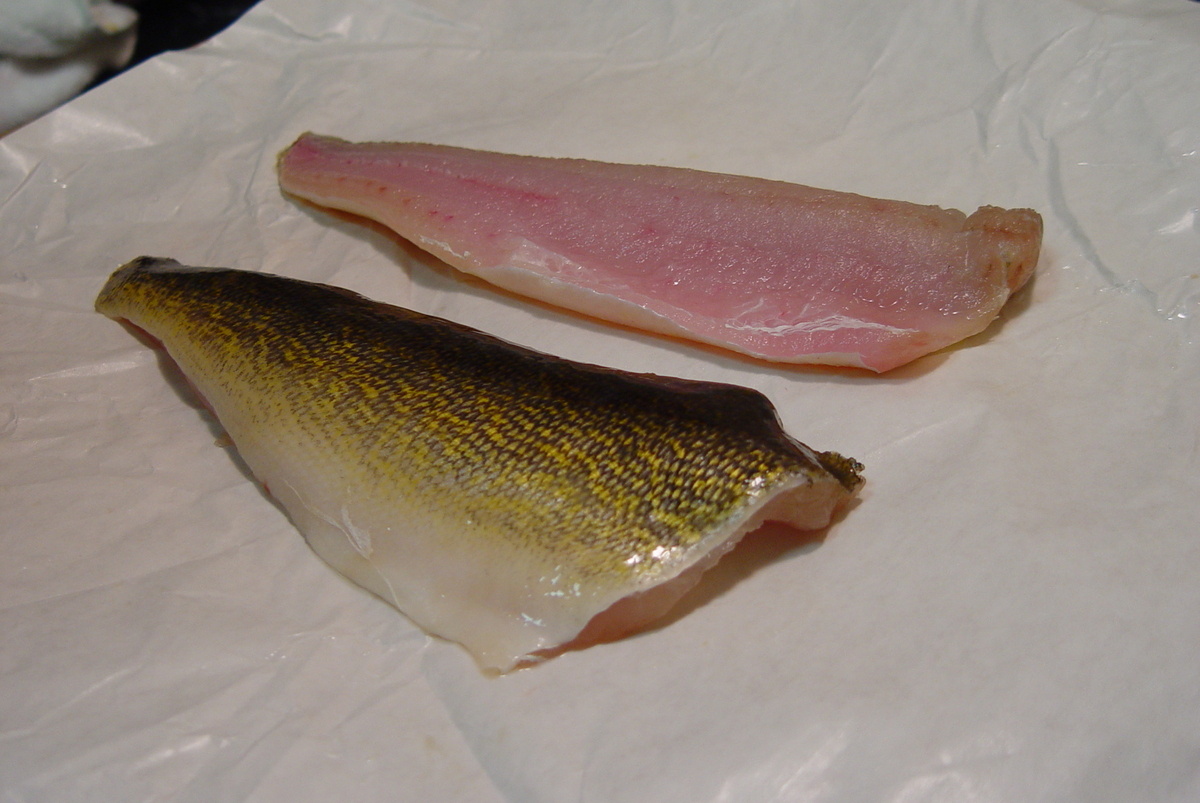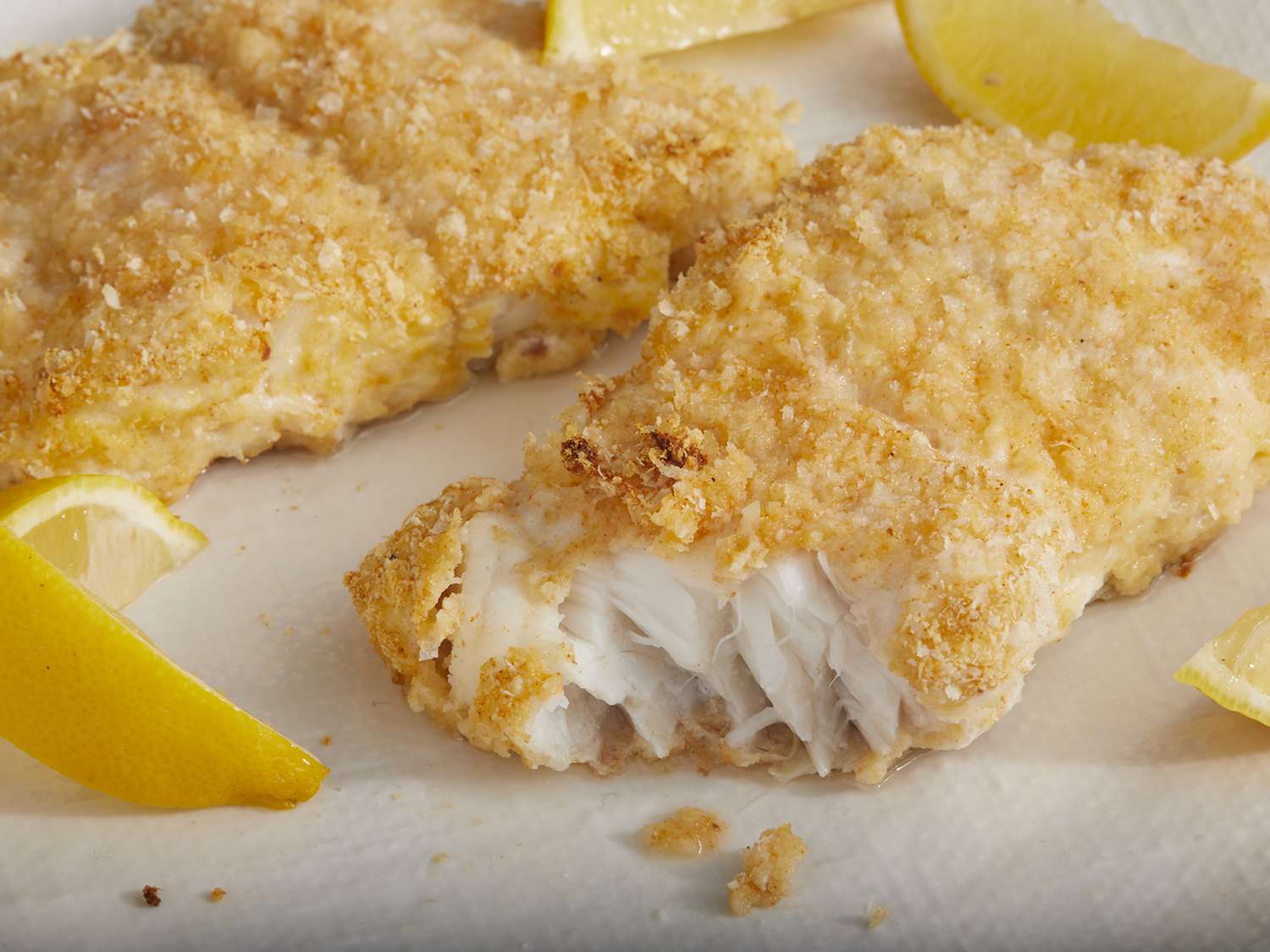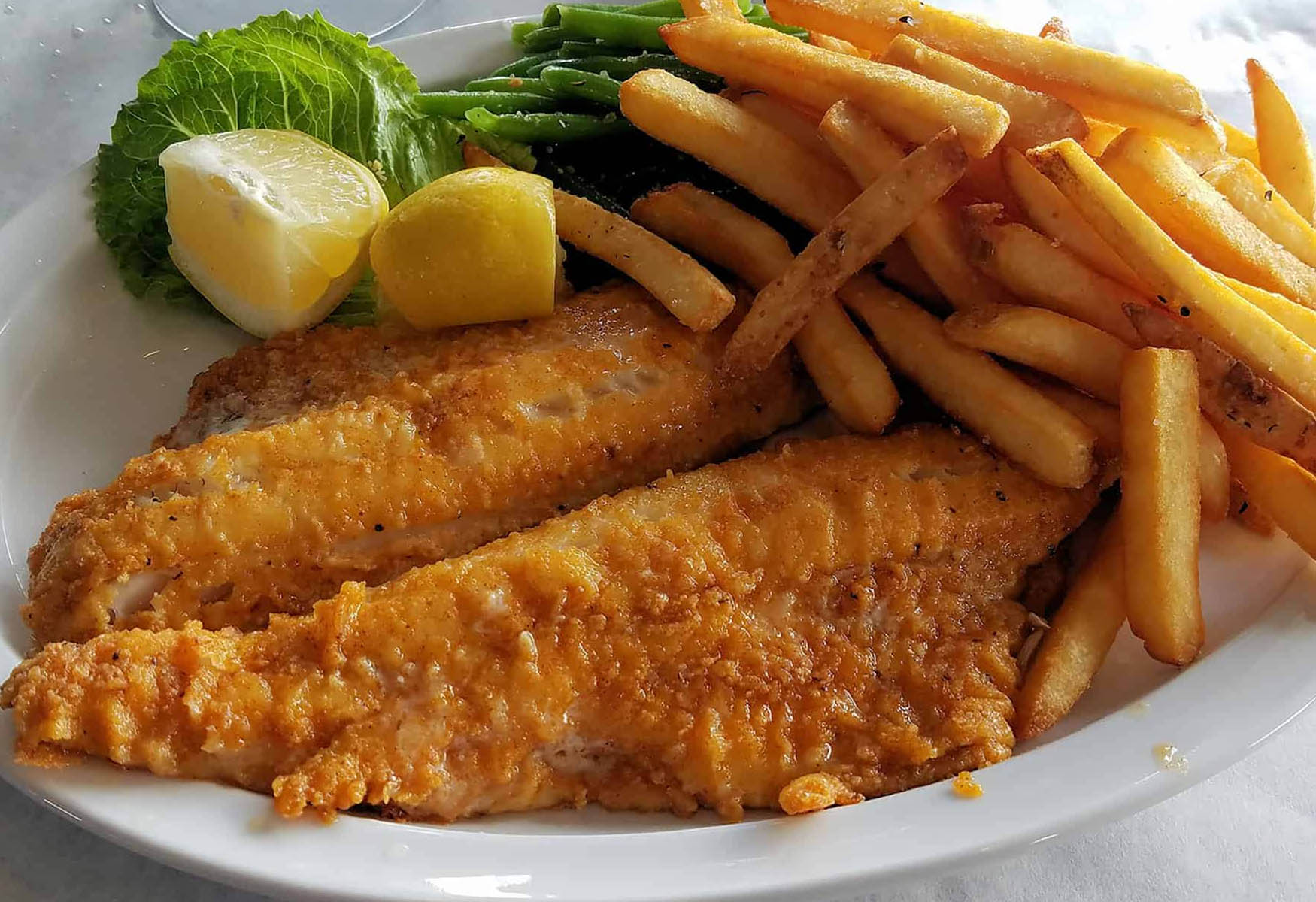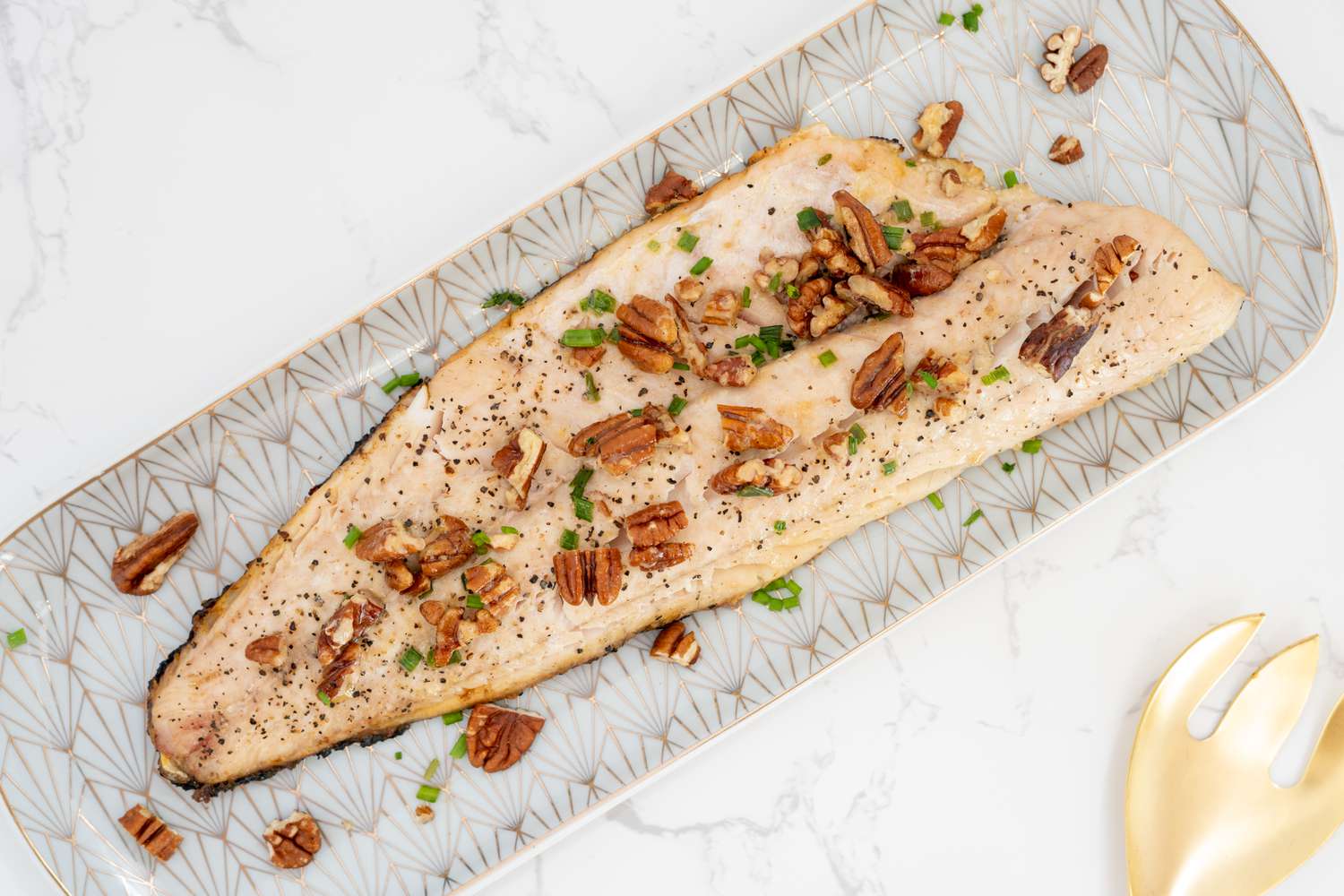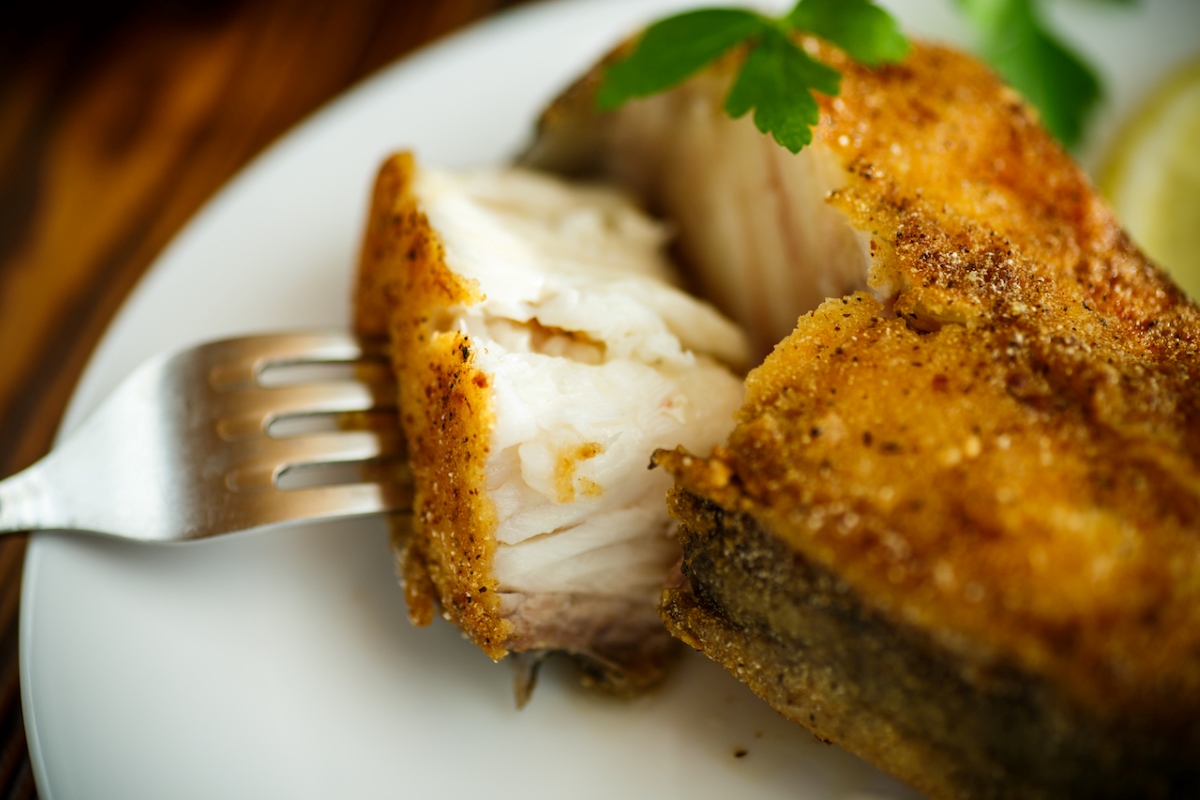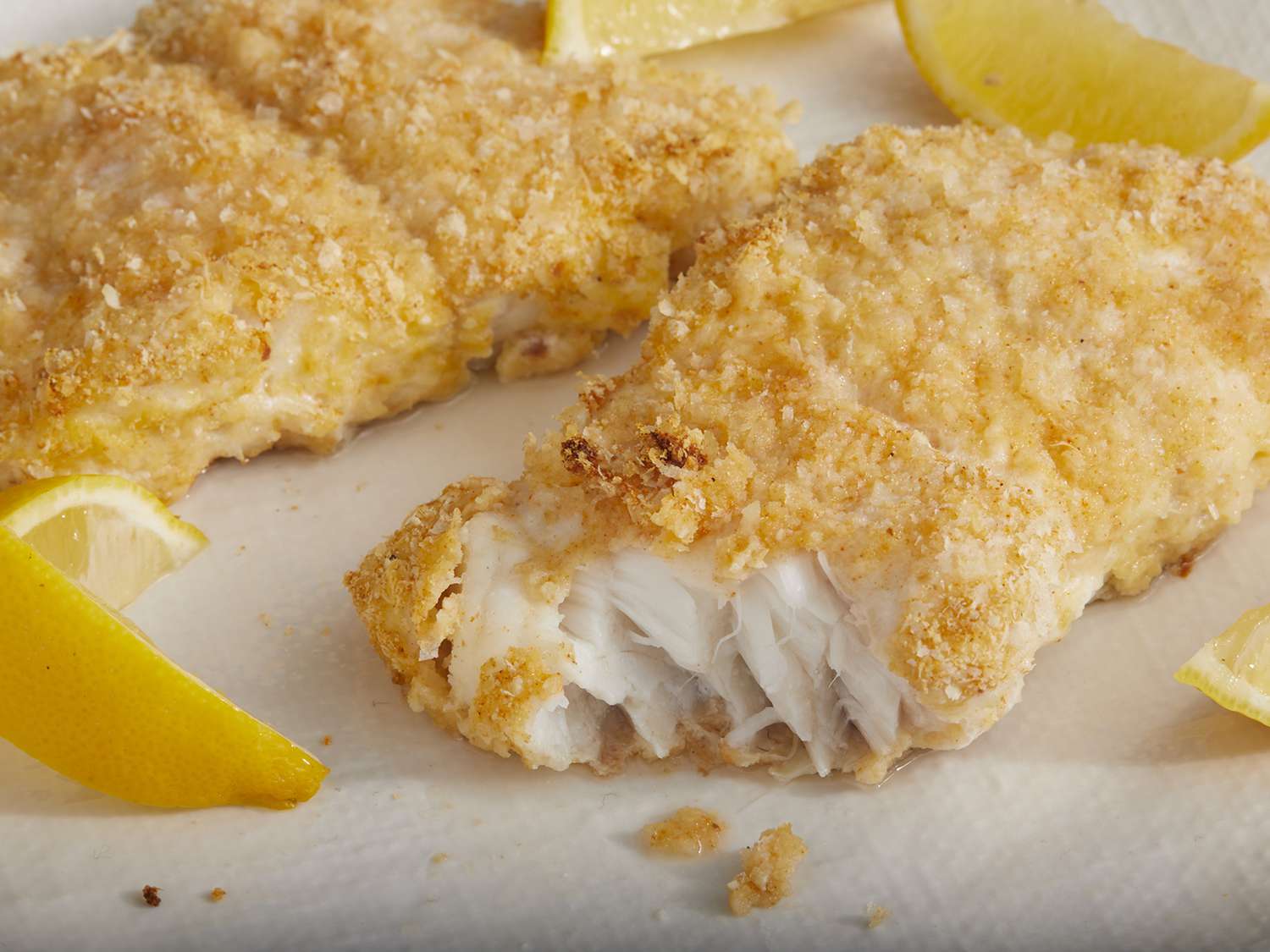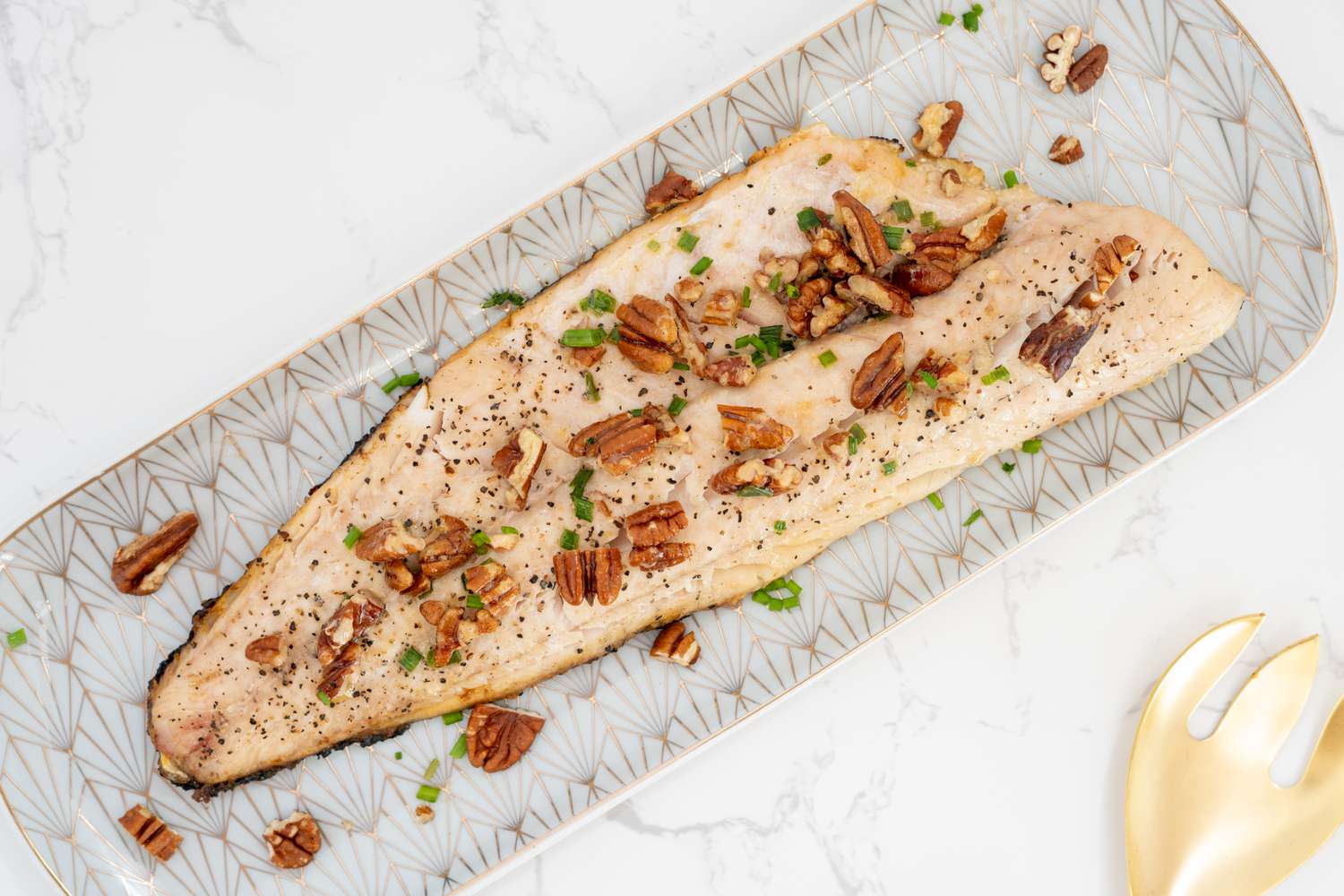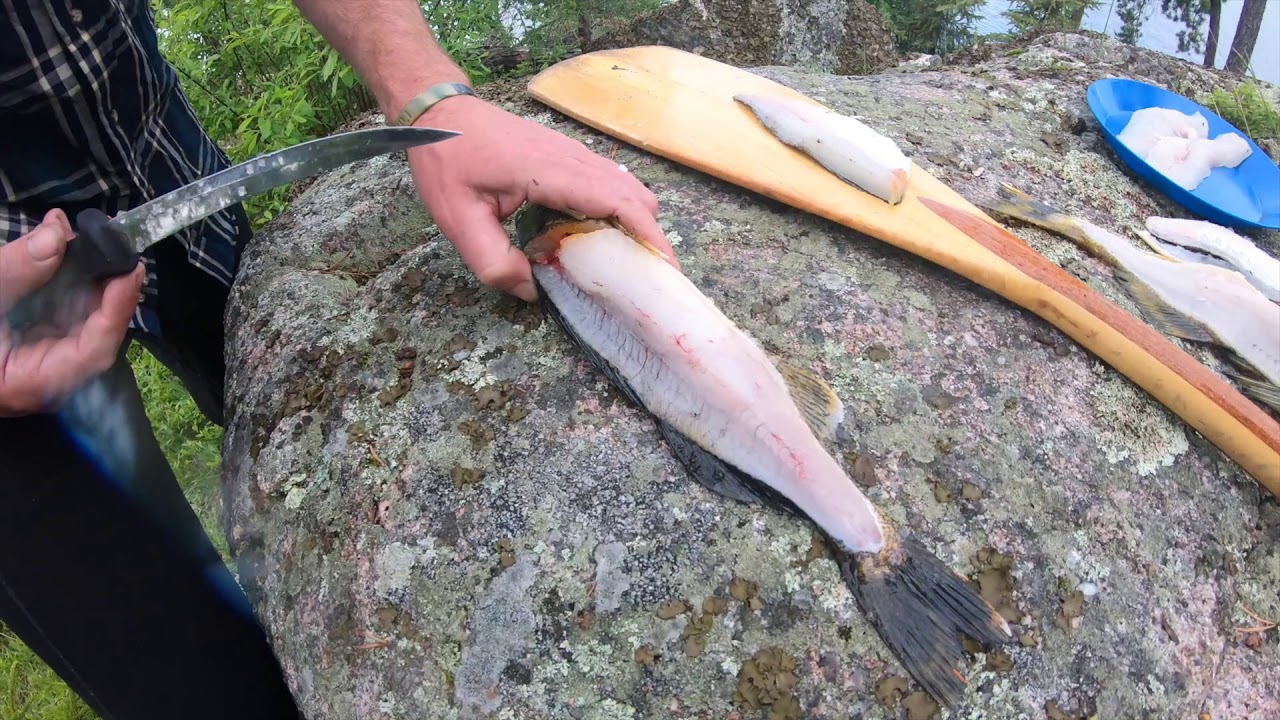Getting Started: What Are Walleye Cheeks?
If you’re a fan of walleye, you’re probably familiar with the delicious fillets that come from this popular freshwater fish. But did you know that walleye cheeks are considered a delicacy by many seafood enthusiasts? These small, tender pieces of meat are located just behind the gills and are prized for their delicate flavor and texture. In this guide, we’ll walk you through the process of filleting walleye cheeks so you can enjoy this delectable treat at home.
Step 1: Gather Your Tools
Before you begin, make sure you have the right tools for the job. You’ll need a sharp fillet knife, a cutting board, and a pair of kitchen shears. Additionally, having a pair of fish tweezers on hand can be helpful for removing any small bones that may be present in the cheeks.
Step 2: Prepare the Fish
Start by placing the walleye on the cutting board. Use the kitchen shears to carefully remove the gill plates, being mindful of the sharp edges. Next, use the fillet knife to make a small incision just behind the gills, cutting down to the backbone. This will expose the cheeks and make them easier to access.
Step 3: Remove the Cheeks
With the cheeks exposed, carefully use the fillet knife to separate them from the head of the walleye. Take your time and work slowly to ensure you extract as much meat as possible from this prized part of the fish. Once the cheeks are removed, set them aside on a clean plate.
Step 4: Trim and Clean the Cheeks
Before cooking, it’s important to trim any excess skin or connective tissue from the cheeks. This will help ensure that the meat cooks evenly and has a tender texture. Use the kitchen shears to carefully trim away any unwanted parts, and use the fish tweezers to remove any small bones that may be present.
Step 5: Enjoy Your Walleye Cheeks
Now that you have your walleye cheeks prepared, it’s time to decide how you want to enjoy them. Whether you prefer to pan-sear them with a simple seasoning, or incorporate them into a more elaborate seafood dish, the choice is yours. Just be sure to cook them gently and avoid overcooking, as walleye cheeks are best enjoyed when they are tender and moist.
With these simple steps, you can elevate your walleye dining experience by savoring the delectable flavor and texture of these prized cheeks. Whether you’re a seasoned angler or simply a seafood enthusiast, filleting walleye cheeks is a rewarding way to make the most of this popular freshwater fish.
